shop
learn
customer care
Unlock the Power of Electrified: E-Bike Batteries and Conversion Kits
July 01, 2023 7 min read

"Unlock the Power of Electrified: E-Bike Batteries and Conversion Kits"
Electric bikes can take your commute to the next level, allowing you to traverse cities and countryside effortlessly while reducing your carbon footprint. Batteries play an essential role in providing optimal performance for e-bikes. Understanding how ebike batteries work is key when selecting one. In this blog post, we’ll discuss different battery types available for electric bicycles, capacity selection tips, charging techniques and kits conversion as well as maintenance guidelines that will help maximize bike performance with a minimum investment of time or money.
Short Summary
-
Lithium-ion batteries are the most popular choice for e-bikes due to their high energy density and long lifespan.
-
Choosing the right battery capacity is important to maximize range based on factors such as distance, terrain, and rider weight.
-
Regular maintenance of an ebike battery including proper charging techniques can help extend its life and performance.
Electrifying Your Ride: E-Bike Battery Types and Benefits
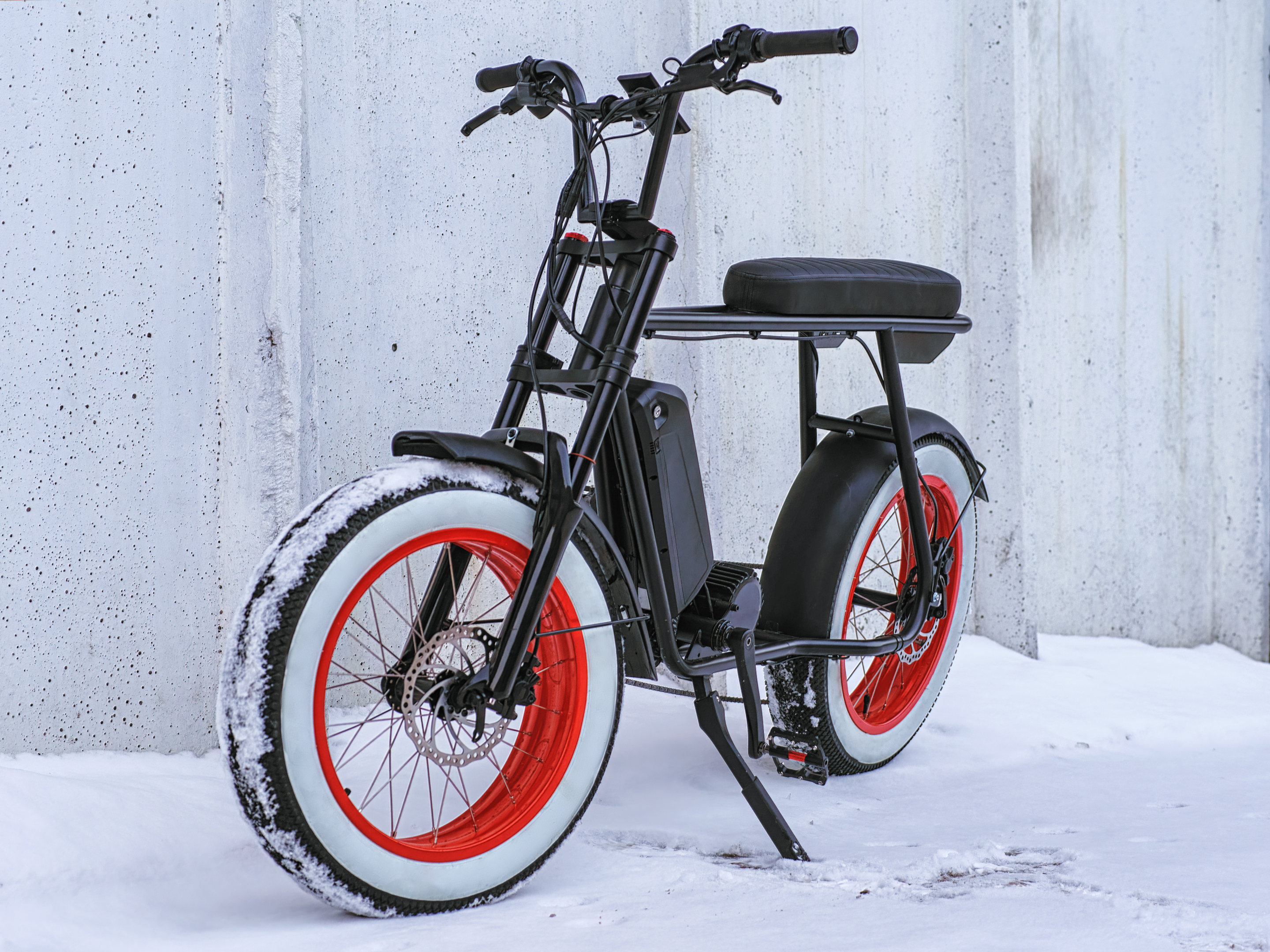
E-bike batteries, otherwise known as electric bike batteries, come in a variety of types and each have their own set of benefits. Lithium ion battery packs are the most common choice due to their remarkable energy density and lengthy lifespan. Selecting an appropriate battery for your e-bike can considerably affect its performance. The kinds available range from lithium ion varieties with high levels of stored energy capacity that last long periods to other more basic ones depending on needs.
Lithium-Ion Batteries
Electric bikes around the world tend to favour lithium-ion batteries for their light construction and excellent performance. With this type of battery, you get a high energy density which allows for longer distances with fewer worries about replacing them frequently. Like Bosch Power Tubes in Australia that are integrated discreetly into bike frames without losing any power or size advantages. It also ensures optimal riding experience as well as superior bicycle efficiency throughout your journey down under!
Lead-Acid and Nickel-Cadmium Batteries
When choosing the ideal battery for an e-bike, it is important to weigh up all of the potential benefits and drawbacks. Lead acid and nickel cadmium batteries offer a lower cost option than lithium ion ones, but are heavier and bulkier with a reduced range. Taking more time to charge compared with other types of bike batteries.
Despite these downsides though, their strength makes them attractive options in certain market scenarios where affordability or toughness take precedence over size or speed metrics like range & charging times.
Maximizing Range: Choosing the Right E-Bike Battery Capacity
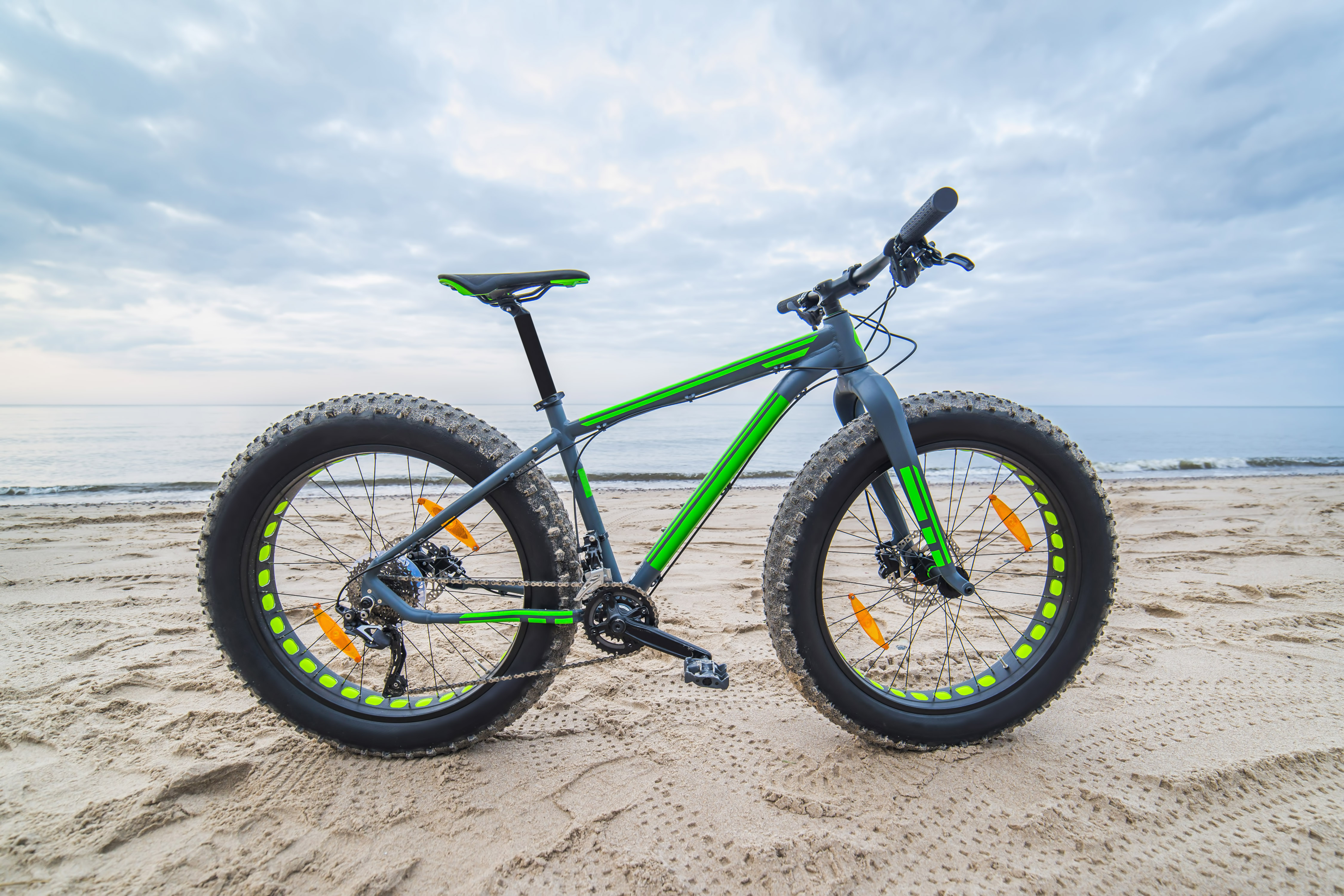
Choosing the correct battery capacity for an e-bike is key to having a smooth and enjoyable riding experience. Factors like distance, terrain, and rider weight should be taken into consideration when picking out which size of battery best fits your needs in order to maximize its range. If you are mostly planning on biking long distances along flat surfaces, then investing in one with larger power may make sense. If it’s only short rides that you have planned ahead, then something smaller would work fine too.
Factors to Consider
When choosing the capacity and quality of an e-bike battery, it is essential to pay attention to aspects like voltage, type of cell construction and quality. The goal for which you are using your e-bike also plays a crucial role when deciding on the best suitable battery size. In order to ensure that you locate just what fits your bike perfectly, taking into account all these factors will be vital.
Popular Capacities and Ranges
When it comes to e-bikes, the most common battery size is 10 amp hour. This typically offers a range of up to 40 miles on one charge. There are also 36 and 48 volt options available which offer riders even greater distances. Sometimes as far as 120 kilometers per single recharge! Knowing what batteries and their ranges are can be important in choosing the right model for your needs.
Charging Up: E-Bike Battery Chargers and Charging Techniques
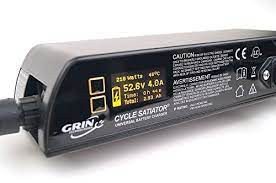
Ensuring optimal performance and longevity of an e-bike battery is key to getting the most out of it. Different types of chargers offer varying levels when it comes to charging speed, so selecting the proper one for your bike’s battery should be top priority. By following appropriate recharge procedures with the correct charger, you can rest assured that your e-bike will stay in excellent condition.
Types of Chargers
It is very important to use a compatible charger with your bike battery in order to prevent any damage. Chargers for e-bikes come in different forms, such as quick chargers, universal types and ones specifically designed for certain categories, brands or models of electric bikes. Quick charging can be the most efficient time wise compared to others which tend not take much longer.
Charging Tips
In order to ensure optimal performance of your e-bike battery, the proper type of charger should be used and charging must take place at a suitable temperature. For those with lithium ion batteries it is important not to leave them charging below 30%, store them while being charged up full (100%) in winter or in humid locations, this way you can prolong the life cycle of these powerful bike batteries. By avoiding overcharging, one can increase their capacity for power when cycling out on their electric bike powered through that same charge!
Converting Your Bike: E-Bike Conversion Kits
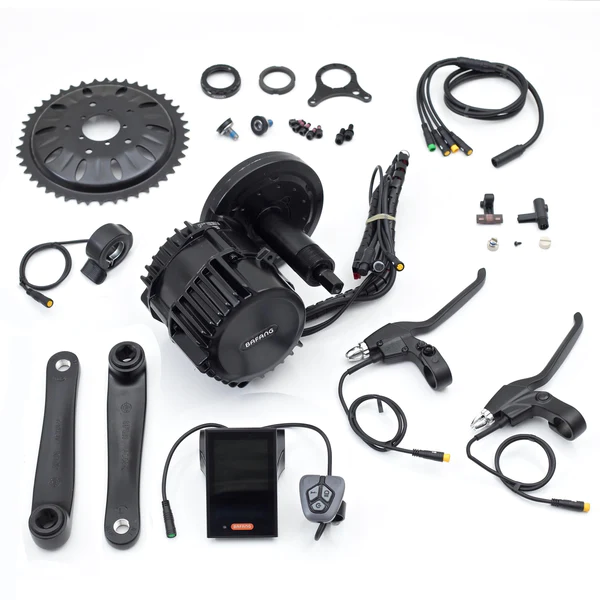
By upgrading your bicycle with an e-bike conversion kit, you can have the same benefits as a brand new electric bike without having to buy one. Each upgrade set comes complete with all of its essential elements such as a motor, battery and controller.
Choosing the right package enables you to get that added convenience of owning an e-bike plus be able to maintain your existing biking experience.
Components of a Conversion Kit
The components necessary for an e-bike conversion kit typically comprise of motors, a battery, and a controller. The motor is the source of power to propel your bike while pedalling and the battery provides energy for this mechanism. At the same time, it’s also important that we have a controller which regulates how much power goes from the stored energy in batteries into our motor so as to manage both speed and strength when pedaling on your bicycle.
Choosing the Right Kit
When deciding which e-bike conversion kit to buy, cost, desired output and compatibility with the current bike should be taken into account. Looking at motor type specifications, battery rating and manufacturer warranty is essential in order to find the right package for your requirements.
By evaluating these different elements it will be possible to locate a fitting solution that improves performance of your bike while transforming it into an electric vehicle.
E-Bike Battery Maintenance and Care
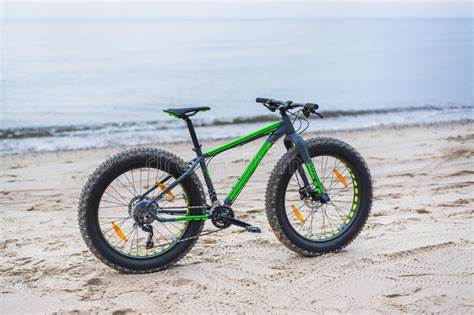
To make sure your e-bike battery is always in the best condition and to secure optimal performance, it’s important to maintain good care of it. Regularly monitoring its charge level and appropriately charging when needed will ensure that your bike battery can last for a long time without any unnecessary expense.
Storing in a cool place is also essential. Proper storage techniques should be followed as well. Keeping these steps up enables you to keep an eye on the health of your bicycle’s power source while avoiding unwanted expenditures down the line!
Storage Tips
It is important to store your e-bike battery correctly for optimal performance and durability. Keeping the batteries at a regular room temperature should be prioritized. Make sure that it’s always between 45 - 55% when not being used. Avoid storing them somewhere cold, as this could have adverse effects on their capabilities. Bring the power source indoors and then charging it up within normal temperatures can help negate condensation problems occurring with extended use or storage of electric bike components.
Extending Battery Life
By following some simple tips, you can ensure a long-lasting and smooth ride with your e-bike battery. Store the battery in a dry environment away from direct sunlight to protect it against extreme temperatures, plan its charging schedule carefully and make sure not to deplete it completely. Doing this will guarantee enjoyable bike rides for years on end.
Summary
It is essential to be knowledgeable in the various types of e-bike batteries and select one with the correct capacity. Proper battery maintenance must be observed along with employing conversion kits for charging techniques. Doing so will not only provide a beneficial e-bike experience, but can also save on fuel costs as well as benefit our planet’s healthiness by being ecofriendly products. This blog post has provided tips that are helpful when utilizing an electric bike. Following them should help you get full value out of your ride.
Frequently Asked Questions
What does so electrified mean?
Electricity is a term that describes an emotional state of being overwhelmed with strength and magnitude. It’s an intense feeling of enthusiasm or arousal, which can be sparked by something remarkable and inspiring. Power is the key concept here – it means to become energized due to something extraordinary occurring.
What is the synonym of electrified?
To give something a lot more life and vigor, the word energized can be used as a synonym for electrified. It essentially means to activate.
Which battery is best for electric bike?
When it comes to powering electric bikes, lithium-ion batteries are a superior choice due to their capacity for providing high energy density without adding weight. Li-ion offers an ideal battery solution as opposed to lead-acid alternatives which tend not only to be heavier but also less effective in terms of energy output when used on e bikes. Thus, thanks to its efficacy and lightness combined with the fact that it is still accessible price wise, lithium ion batteries are a top pick among bikers who need reliable power from their bike’s systems.
What is the most popular type of e-bike battery?
The most sought after type of battery for e-bikes is lithium ion. Not only does this kind provide a high energy density, it also has an extended lifespan and can be charged up over long periods with minimal maintenance needed from the owner. To other types of bike batteries, a lithium-ion one tends to weigh less while still delivering excellent value for money. Its charge capabilities mean that riders will rarely need to worry about losing power on their ride as these batteries keep going strong even in difficult conditions. It makes sense why so many people choose a lithium-ion when investing in their e bikes, its attributes are simply unrivalled amongst all available options!
How can I choose the right e-bike battery capacity?
When it comes to choosing a battery for your e-bike, consider the distance you expect or want to ride, what kind of terrain is ahead and how much weight you bring. By thinking about these aspects in particular, one can make an educated decision on the best capacity their bike needs. Taking into account individual factors such as riding range desired, type of landscape and personal weight will provide more insight when deciding on the optimal battery size for an electric bicycle.
Must Read:
Different types Of Ebike Motors: What you should know
Advantages of Using an Electric Bike Conversion Kit
Leave a comment
Comments will be approved before showing up.
Subscribe
Sign up to get the latest on sales, new releases and more …
This Coming Soon screen is showing only for store admins to test. You can turn this screen off here.
